Panasonic TX-P65ST50B Review
Panasonic TX-P65ST50B
Updated with Video: Massive in size but mini in price - one of the bargain TVs of the year.
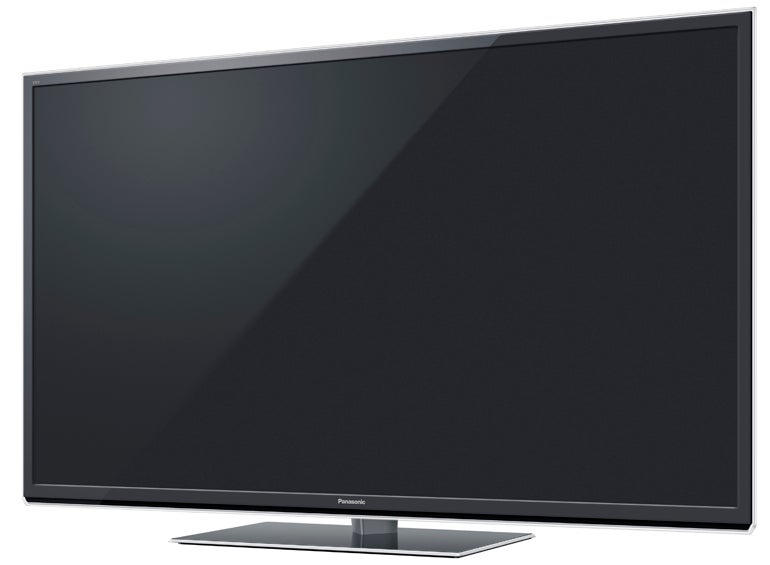
Verdict
Pros
- Brilliant 2D picture performance
- Outstandingly good value
- Good online system
Cons
- Not an ideal option for a very bright room
- Reflective screen front
- Minor crosstalk and floating black levels with 3D
Key Specifications
- Review Price: £2449.00
- 65in plasma TV
- active 3D playback
- Viera Connect online service
- Built-in Wi-Fi
- 2000Hz Sub-Field Drive
This makes it by far the cheapest 65in plasma TV Panasonic has ever sold, and actually it’s only roughly the same price as Panasonic’s own, recently tested, but 10in smaller L55WT50. If the P65ST50 can extend the quality already greatly enjoyed on the smaller Panasonic P50ST50 to its larger dimensions, then we’ll be very happy punters indeed.
Not surprisingly the P65ST50 cuts a formidable form in your living room. It never fails to surprise us just how much bigger a 65in TV looks than a 50in or even 55in screen; the extra inches seem to tip the balance from mere living room TV into genuine home cinema room centrepiece.
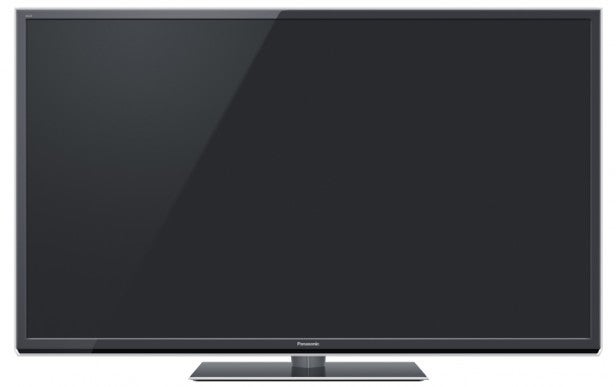
The glossy grey bezel with see-through outer trim doesn’t sit quite as chicly on the P65ST50 as it did on its 50in sibling, not least because the inch or so of bezel looks more overpowering at the 65in level than the bezel around the smaller screen. It also occurred to us that we might have preferred a more straightforward black finish on a TV which has every chance of finding its way into a dedicated, blacked out room, so that the bezel would become practically invisible with the lights down. But hey ho – frankly we’re far less bothered by how the P65ST50 looks than how it performs for its money.
Connections
Connectivity on the P65ST50 is fair to middling, with the chief letdowns being that there are only three HDMIs when most TVs these days manage four, and only two USBs when we’d ideally like to find three. The set does provide an SD card option alongside the USBs, though, and has a D-Sub PC port for easily doubling the monster screen up as a PC monitor.
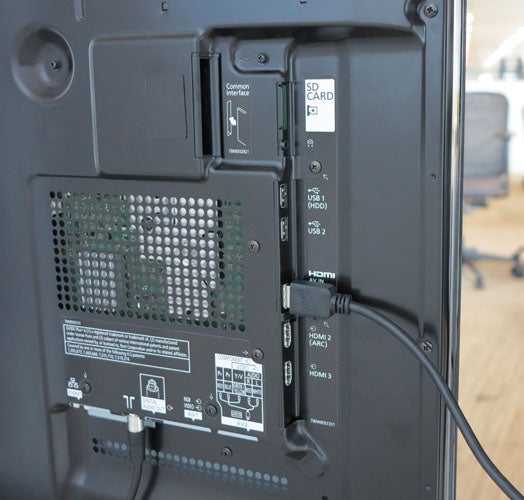
The ST50 series is significant in Panasonic’s 2012 TV range as it marks the cheapest point at which you get your hands on the brand’s 2012 plasma panel design. As it has done for each of the past few years, Panasonic has pretty much rebuilt its plasma panels from the ground up for 2012, with a particular eye on improving their energy efficiency. 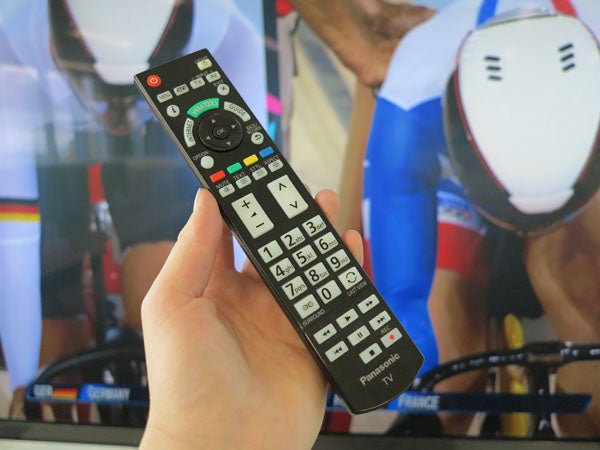
The fact that plasma TVs use significantly more power than LCD ones has long been one of their most significant weaknesses, and it’s a problem that’s been thrown into sharper focus this year by the launch of the energy rating system that now has to be shown alongside all TVs sold in the EU.
Power up
So it’s really interesting – and brave – to find Panasonic not just using the extra efficiencies conjured up by its new plasma panel design to try and score better on the EnerG rating scale. Rather Panasonic claims to have used its newfound efficiencies to enable all of its plasma models from the ST50 upwards to produce more brightness without using more power than last year’s models.
While tree-huggers might decry this decision, AV enthusiasts will likely laud it to the heavens. Especially as Panasonic has supremely eco-friendly options available in the shape of all of its A EnerG rated LED screens.
Despite all this dark talk of high energy consumption, we should stress that the P65ST50 still hits the C grade – the same grade enjoyed by the 50in ST50, and the same grade, actually, as some budget brands of LCD TV.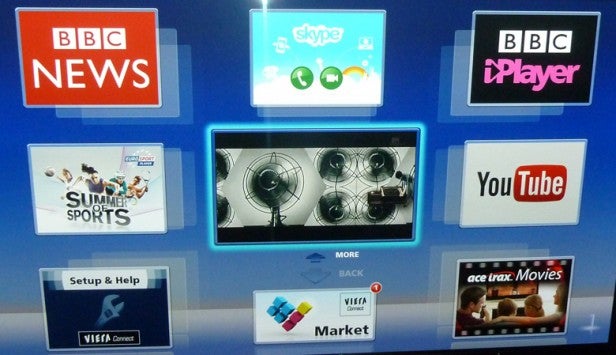
The P65ST50 doesn’t enjoy the dual-core processing power and 2500Hz Focussed Sub-Field Drive tech – or free 3D glasses – you get with Panasonic’s flagship VT50 plasmas and WT50 LED TVs. But it does still give you 2000Hz and supports active 3D playback if you cough up (around £60 a pair) for however many pairs of active shutter glasses you need. It also boasts access via LAN or integrated Wi-Fi to content stored on a DLNA PC and Panasonic’s Viera Connect online platform.
Viera Connect
Viera Connect continues to improve as an online proposition, in terms of both its content and, in some respects, its presentation. Joining the established likes of the BBC iPlayer, Acetrax and Eurosport, for instance, is Netflix and Fetch TV (among other things), while Panasonic continues to focus on quality over quantity with the majority of its non-video apps – especially some of its games, which wouldn’t look out of place on a console.
The marketplace Panasonic has created for selling optional apps and even hardware accessories is well-developed and impressively organised too, but we still find the main Viera Connect menus a little cumbersome in their handling of growing lists of content.
Hardcore AV enthusiasts may be a little disappointed by the amount of video calibration aids on offer with the P65ST50; there isn’t a full colour management system, for instance, and the set doesn’t carry the THX endorsement and THX presets carried by the GT50 and VT50 series. But if the P65ST50 delivers out of the box the sort of picture quality we’re hoping for, most people probably won’t feel like the need to tinker with much anyway.
HD glory
Firing the TV into life initially with a mixture of Sky News HD and the Blu-ray release of Sherlock Holmes: A Game of Shadows, the test room was in serious danger of fusing from the amount of drool dribbling from our agape mouths. This is not, we’ll grant you, a pleasant image. But its viscerality hopefully gives you a tangible sense of just how extraordinary the experience of watching the P65ST50 strutt its stuff can be – especially with films.
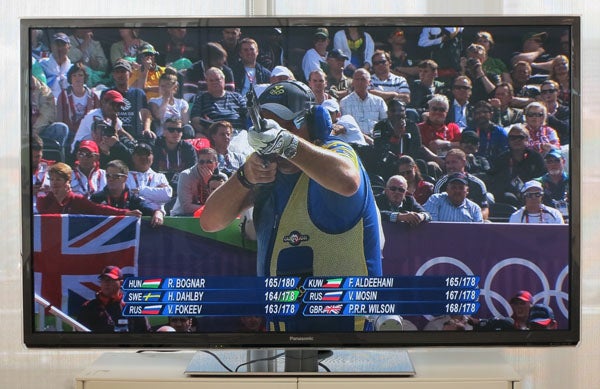
The absolute star of the picture quality show, inevitably, is the screen’s exquisite black level response. The P65ST50 arrived on our testbenches directly after Panasonic’s own L55WT50 flagship LCD TV, and ironically it only served to underline the LCD model’s weaknesses where black level reproduction are concerned.
For as well as the P65ST50’s reproduction of black colours looking much deeper and more natural, there’s also absolutely no issue with backlight uniformity at all. Basically, every part of the picture – and we’re talking right down to pixel level – appears to enjoy exactly the right amount of illumination, with no ‘accidental’ lighting anywhere to be seen.
Immaculate black levels
The depth and purity of the black level performance from the P65ST50 feels pretty much in line with if not slightly better than the black level performance of last year’s flagship VT30 Panasonic plasmas. Plus it beats the black level efforts of any LED TV into a cocked hat and even, yes, its blacks appear to get deeper than that of Pioneer’s final released KURO generation.
With such a perfect black to work with, it almost goes without saying that colours look wonderfully nuanced and intensely natural on the P65ST50 – especially as Panasonic largely avoids the slightly green undertones noted with some previous plasma generations.
The extent of the colour nuancing is such, meanwhile, that the P65ST50 also avoids the tendency towards striping when showing colour blends that has tended to be at least a minor problem with many previous plasma screens.
The truly outstanding black level response of the P65ST50 is made all the more incredible by the fact that its pictures are in fact quite a bit brighter than those of the past couple of Panasonic plasma generations, ensuring that bright scenes look unexpectedly punchy and vibrant, while bright bits of predominantly dark images look rich and entirely uncompromised by the darkness around them. This latter trait is pretty much exclusive to plasma, given the technology’s self-emissive pixel nature.
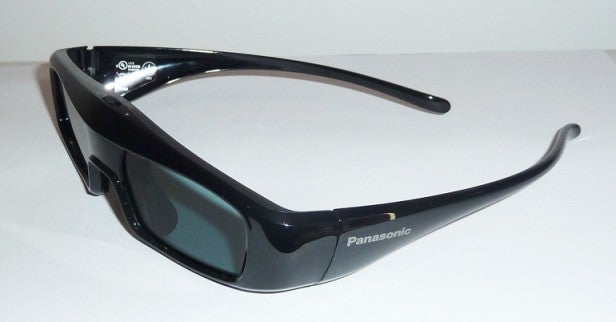
All this and we still haven’t mentioned the incredible, mesmerising sharpness of the P65ST50’s portrayal of HD sources, or the way the clarity isn’t compromised in the slightest when there’s loads of motion to show – a talent the vast majority of LCD TVs would give their souls to match.
The P65ST50 additionally shows the door to LCD technology with its viewing angle, allowing you to watch it from a much wider splay of viewing positions than you can any LCD screen.
The catch
At which point we guess we’d better get to the catch. Which is that while brighter than last year’s Panasonic plasmas, the P65ST50 still needs to be watched in a dark or at least ‘light-controlled’ room if you’re going to get the best out of it. This is partly because its brightness still isn’t enough to combat ambient light in the same way most LCD TVs do routinely, but also partly because the screen on the P65ST50 is quite ‘glassy’, and thus reflects bright objects in your room more overtly than a typical LCD TV.
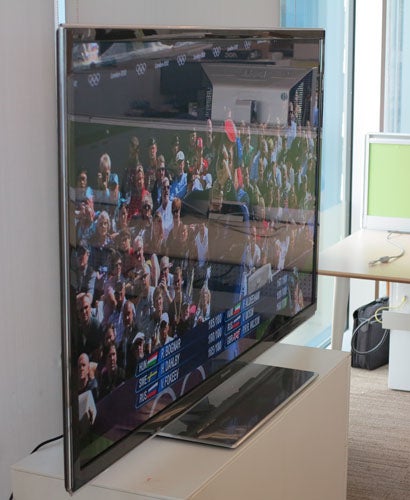
Even the little red LCD ‘standby’ light on a projector we had sat opposite the P65ST50 in our test room was reflected so clearly on the P65ST50 that it became sufficiently aggravating that we had to unplug the projector.
Of course, it’s to some extent a testament to the cinematic majesty of the P65ST50 that we should get so irritated by the appearance of such a small blob of red light over its pictures. But it’s also clear that the brightness and reflectivity issues – and possibly its size!! – arguably make the P65ST50 a better fit for a dedicated movie room than a sun-drenched living room.
Turning to 3D, the P65ST50‘s extra brightness means 3D pictures look much punchier and more vibrant than they have before on a Panasonic plasma TV. This makes them more engaging, and also makes the sense of depth in the image more immediately easy to appreciate.
Also excellent is the P65ST50‘s reproduction of 3D motion. For with the set’s 24p mode set to its Mid level, the judder problem that generally affects plasma 3D playback almost completely disappears without, crucially, the processing generating significant amounts of unwanted side effects.
3D brightness
It’s not all totally plain sailing, though. Even with the brightness boost Panasonic has created this year, the P65ST50’s 3D images aren’t as eye-catchingly bright as those of most LCD TVs, and just occasionally the extra work the plasma cells are having to do causes a slightly dotty appearance in very dark areas.
The extra 3D brightness vs previous Panasonic plasma TVs also appears to cause an increase in crosstalk. This only shows up under pretty extreme circumstances, most notably the lantern sequence in Tangled with its small bright lanterns floating against a night sky. But it definitely seems more noticeable than we remember it looking on any Panasonic plasma before. 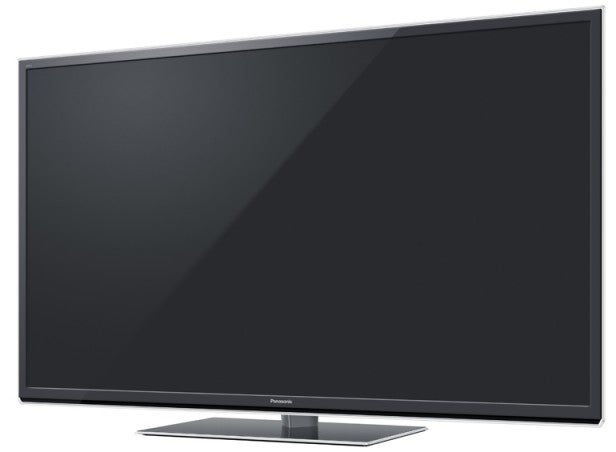
To be clear, the crosstalk only appears rarely; it’s not the ever-present phenomenon it is on so many LCD TVs. And you can greatly reduce its impact if you use the TV’s Normal 3D setting rather than its Dynamic one. However, we suspect many people will find the drop in brightness and colour vibrancy connected with shifting to Normal too heavy a compromise.
Shifting brightness
With crosstalk only rarely cropping up, the biggest issue we’d have with the P65ST50’s 3D performance is a curious brightness ‘jumping’ effect that comes into play when watching dark 3D scenes. It’s not rapid or consistent enough to be considered actual flicker, but it is noticeable enough to be distracting. Odd.
Before getting on to how the P65ST50 sounds, we really must add a word about the set’s scintillating performance as a gaming monitor. Its contrast and sharpness join forces with a highly respectable sub-35ms input lag figure to make it possibly the most accurate and engaging screen for gaming we’ve tested so far this year.
The P65ST50’s audio quality is decent. It’s not as powerful or full of range as we might have ideally liked it to be from such a huge and robustly built TV, but the mid-range is open enough to avoid sounding harsh under all but the most extreme circumstances, voices always sound clear even during action scenes, and the soundstage produced is ALMOST big enough to keep the colossal pictures company.
Verdict
The P65ST50 is a hugely desirable – not to mention just plain huge – TV. The idea of being able to get our hands on such a supreme movie-playing machine for under £2,450 is enough to make us come over all unnecessary.
Certainly if you’ve got a nice, dark, designated home cinema room for it to live in, we have no hesitation whatsoever in urging, nay pleading with you to go and get your hands on a P65ST50 right away.
It’s possibly a more considered purchase for someone looking for a TV to live in a bright living room, and regular 3D watchers might be perturbed by the curious floating black level issue noted during our tests.
But overall the deal here is that you’re getting 65in of more or less ‘pro’ standard, beautifully cinematic pictures for less money than you’d end up spending on many rival – and inferior – 55in TVs. And that’s a deal we suspect many people will rightly find impossible to resist.
How we test televisions
We test every TV we review thoroughly over an extended period of time. We use industry standard tests to compare features properly. We’ll always tell you what we find. We never, ever, accept money to review a product.
Trusted Score
Score in detail
-
Features 8
-
3D Quality 8
-
Value 10
-
Design 8
-
2D Quality 10
-
Sound Quality 8
Features
| Size (Inch) | 65in |
| Display Type | Plasma |
| Max. Resolution | 1920 x 1080 |
| Full HD 1080p | Yes |
| Digital Tuner | Yes |
| Freeview HD | Yes |
| Freesat HD | No |
| 3D Ready | Yes |
| Contrast Ratio | Infinite! |
| Refresh Rate (Hertz) | 2000 (focussed subfield drive)Hz |
Connectivity
| HDMI | 3 (v1.4) |
| Component | 1 |
| Composite | 1 |
| Scart | 1 (RGB) |
| Digital Audio Out | 1 (optical) |
| Headphone | 1 |
| Charging/Computer Connection | 2 |
| Ethernet | Yes |
| WiFi | Yes (built-in) |
Physical Specifications
| Height (Millimeter) | 894mm |
| Width (Millimeter) | 1508mm |
| Depth (Millimeter) | 52mm |
| Weight (Gram) | 38g |

